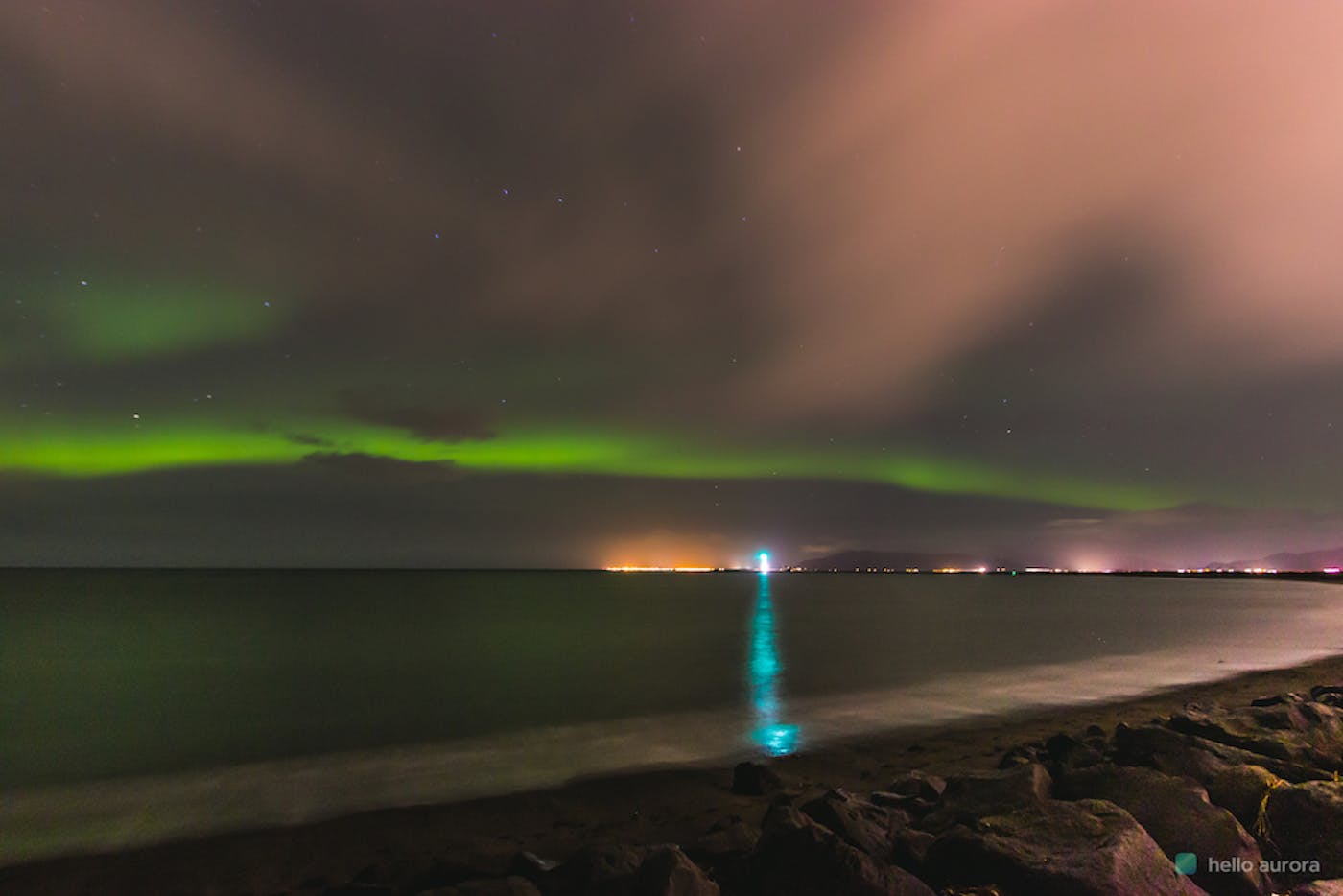20 Aurora Borealis Facts
1. What happened in China?
Even though the first recorded aurora borealis was in 567BC, the phenomenon has occurred many centuries before the identification which once appeared in China in the year 193BC.
2. The first dateable aurora borealis
The earliest datable Northern Lights observation was in 567BC by King Nebuchadnezzar II. The phenomenon was described as "a red glow" in the sky at night which interprets this phenomenon as an aurora display.
3. The crackling sound
The Northern Lights does make a sound. According to a study from a Finnish researcher Unto K. Laine, the colourful displays of the Northern Lights produced a crackling sound which related to the electromagnetic renounces of the Earth!
4. Why aurora borealis?
The name aurora borealis came from the well-known astronomer Galileo Galilei which he combined the name of the Roman goddess of dawn, Aurora, and the Greek name for wind, Boreas. Together become Aurora Borealis.
5. Can you see the aurora from other planets?
Yes, Aurora can be seen from other planets in our solar systems such as Jupiter, Saturn, Uranus, Neptune, and Mars.








